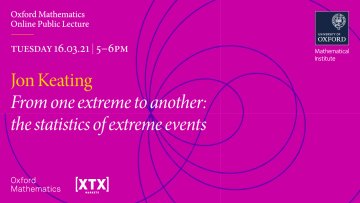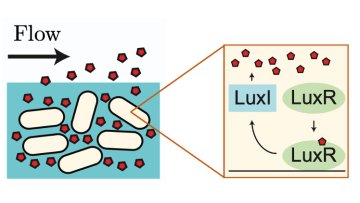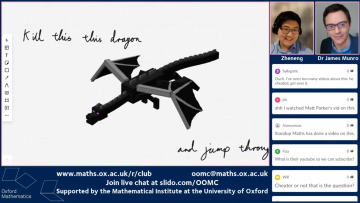Oxford Mathematics Public Lecture
Tuesday 16 March 2021
5.00-6.00pm
Jon Keating will discuss the statistics of rare, extreme events in various contexts, including: evaluating performance at the Olympics; explaining how glasses freeze; illustrating why computers are more effective than expected at learning; and understanding the Riemann zeta-function, the mathematical object that encodes the mysterious distribution of the prime numbers.




